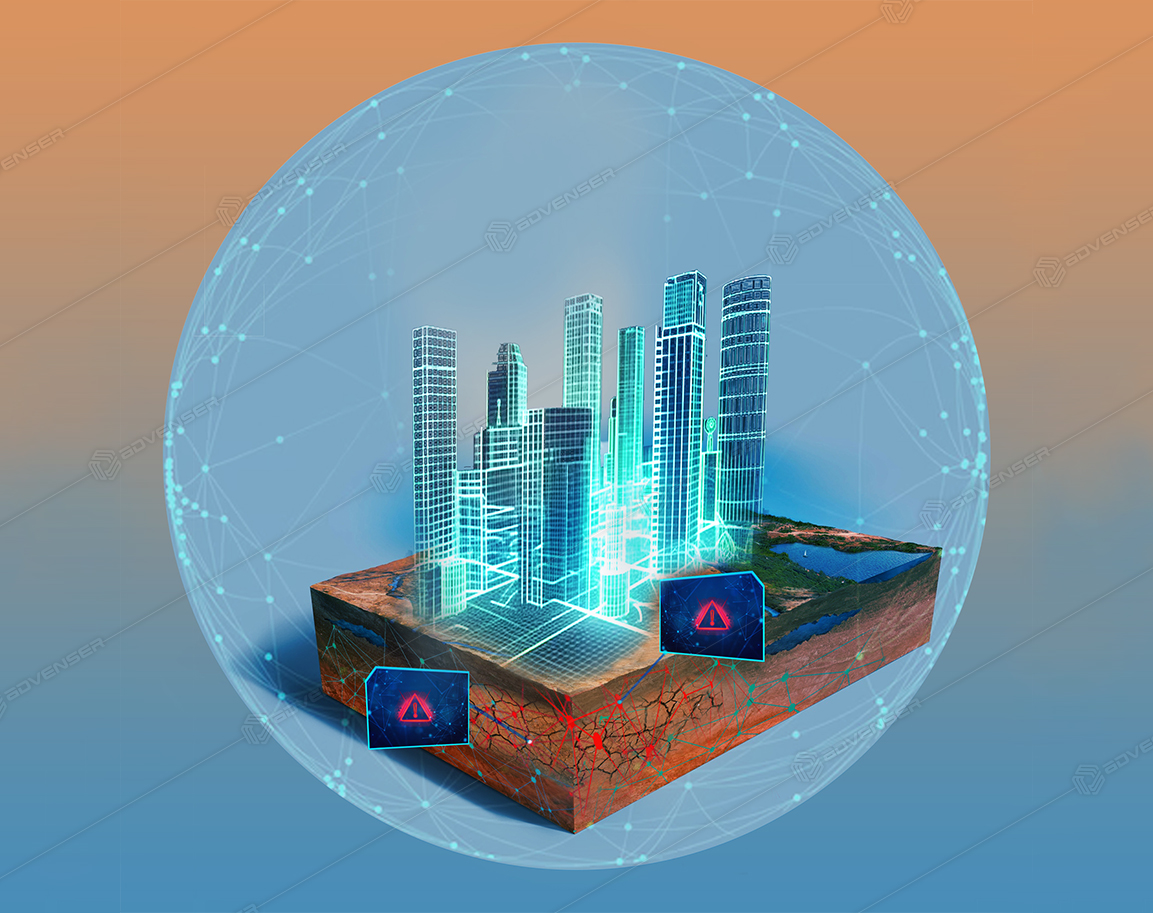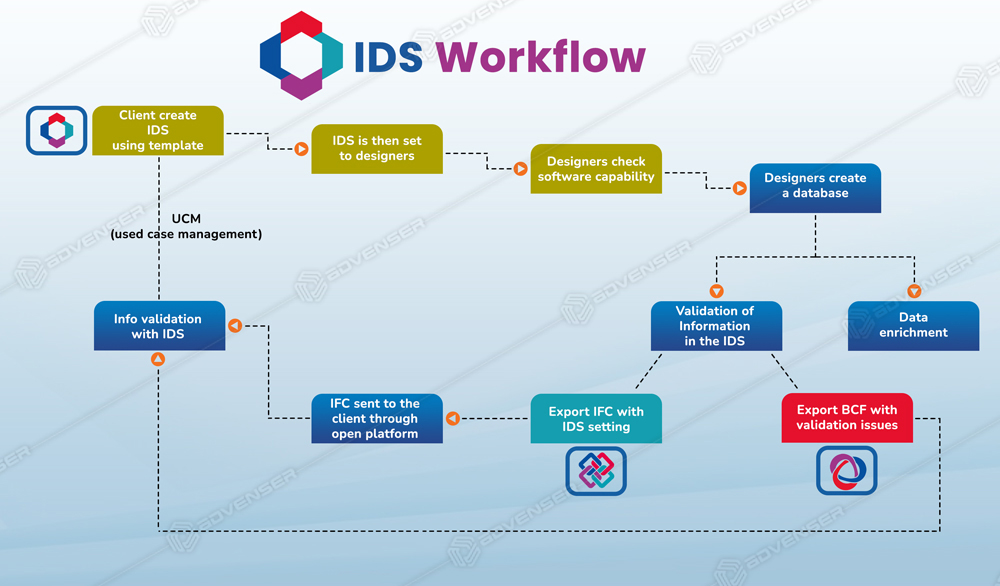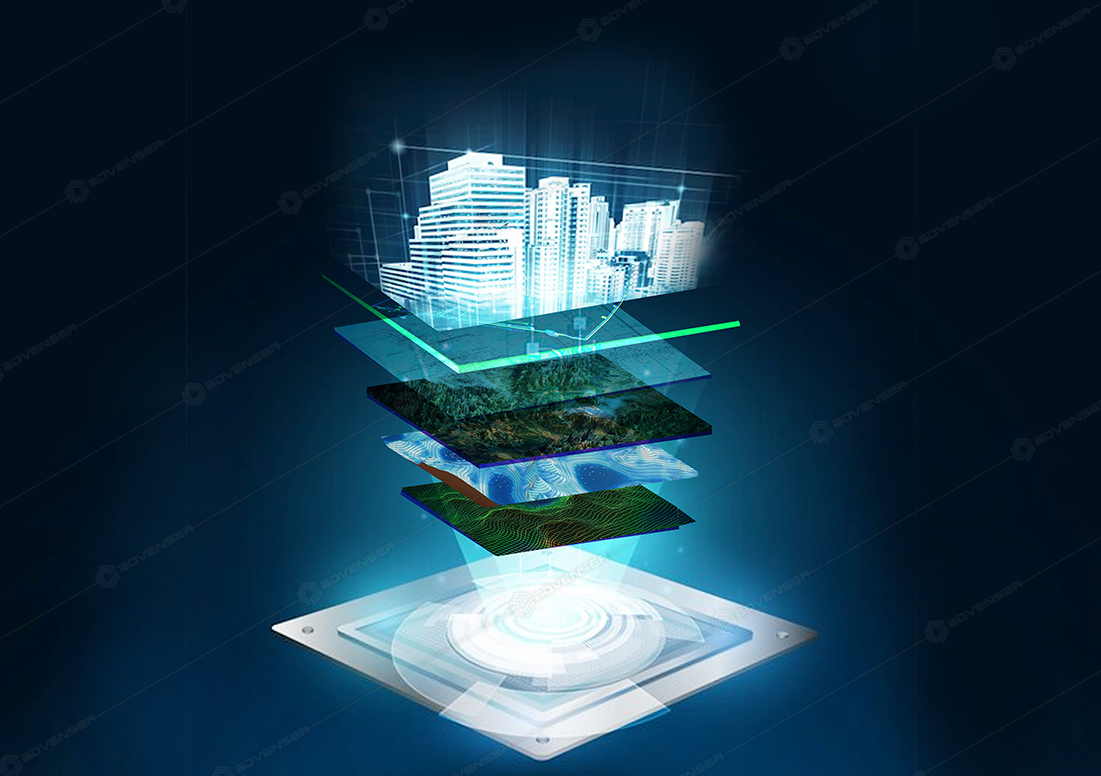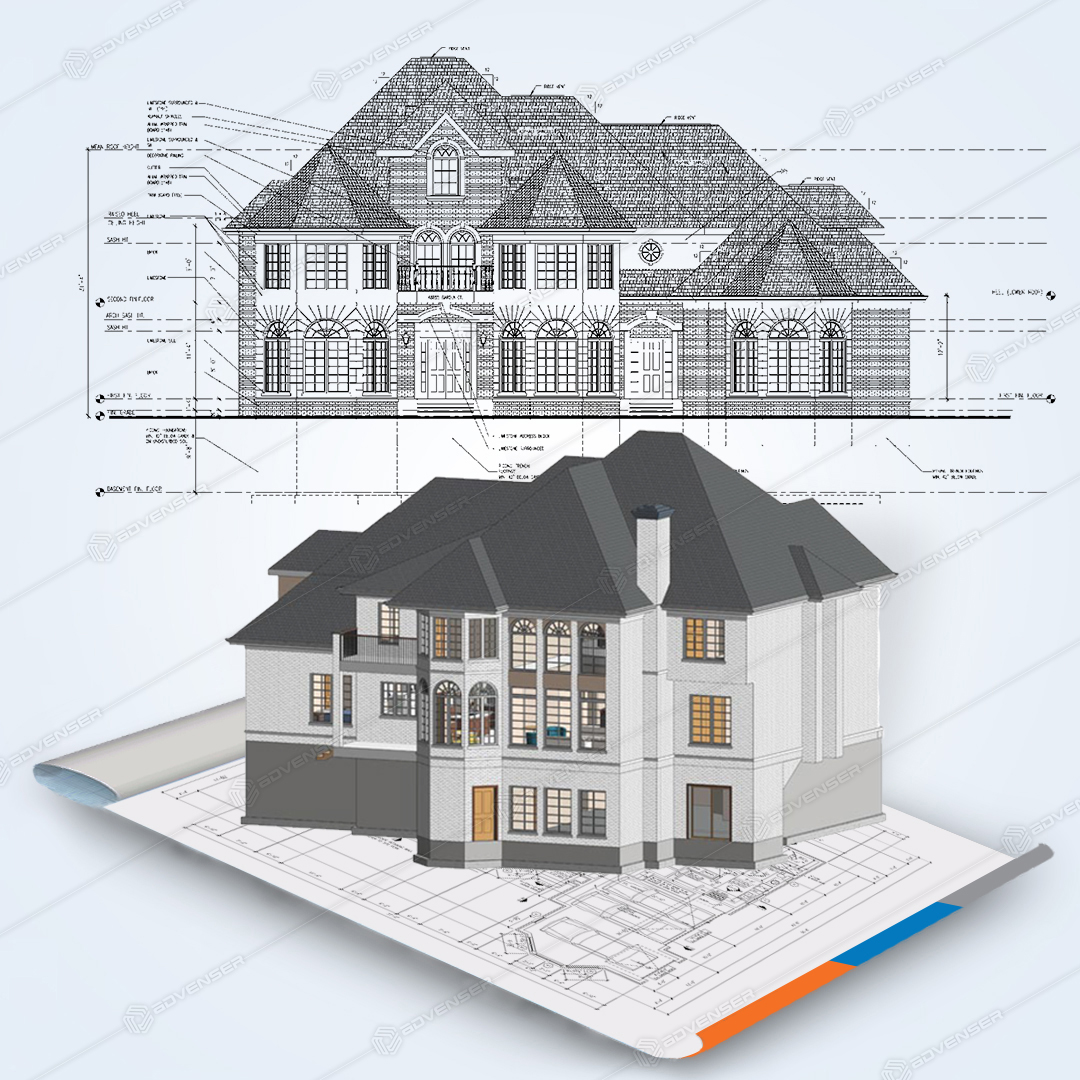“Smart buildings are the solution to check the energy consumed by buildings & the carbon emission caused by them. They are more than automatic lighting & CCTVs. These buildings are controlled by an intelligent network of sensors and actuators with computing & communication systems that greatly increases the efficiency of buildings while supporting the inhabitants in their day-to-day activities. Everything from energy consumption, water consumption to air conditioning, security & lighting are automated.”
– Annrin K Thomas, Environmentalist & Civil Engineer at Advenser Engineering Services
The foundation of a smart building is made out of data. In order to leverage the most out of smart buildings everything starting from design, procurement, fabrication, assembly & implementation to commissioning, operation & maintenance has to be done through a fully integrated platform.
Where does BIM come in the case of smart buildings?
Unlike constructing conventional buildings, constructing a smart building involves the integration of the core systems of a building such as lighting, electricity meters, water, Heating Ventilation & Air conditioning systems, firefighting system, water pumps with a network of sensors and an integrated control system.
This is where BIM comes into play!
Building Information Modeling (BIM) is all about integrating the several aspects that go into construction and it is the pre requisite in constructing a smart building. Which makes BIM the right tool in the construction of smart buildings.
How does a Smart Build Environment (SBE) work?
Before we dwell deep into the benefits of incorporating the various BIM services in the construction of smart buildings, let’s have a quick look into how a smart build environment work.
Traditional buildings have provided the inhabitant’s shelter, protection from extreme weather & safety at the same efficiency level for years. Unlike these buildings, smart buildings can be considered as living organisms connected to an intelligent network.
Smart buildings are constantly evolving while significantly improving efficiency. There will be dozens of smart objects like sensors and actuators installed in the smart buildings. These smart objects will constantly monitor & interact with their immediate environment and will be in communication with each other either through Ethernet cables or over an internal wireless network.
Smart buildings are known to make its inhabitants more productive with better lighting, thermal comfort, better air quality and better security at a lower cost and environmental than the traditional buildings.
Challenges faced in a Smart Build Environment
Like we discussed, dozens of smart objects will be ubiquitously installed in an SBE to perform sensing and control of the immediate environment. The three mail challenges faced in an SBE are
Challenge 1: The physical location where smart objects such as sensors are embedded can greatly affect their performance and ability tocarry out certain tasks. For e.g. The location of light detecting sensor can greatly affect the ambient light or occupancy it senses.Apart from this, the wireless network of the Ethernet cable through which these smart objects communicate should be designed to enable perfect communication between them.
Challenge 2: The way these smart objects embedded in SBEs interact with their environment is very crucial. These objects can’t really function solely on the data they collect from their immediate surrounding rather they need to be fed the space data such as floor plans of the buildings too. In the case of conducting a performance analysis or energy analysis of the SBE building, along with the information from the sensors & meters data on building architecture and geometry are also needed.
Challenge 3: Maintaining the smart objects in the building and properly documenting the data from an SBE building is not a walk on the beach. In an SBE building, the data will be more complicated than the traditional structures
Battling the challenges with BIM
In the pre-construction stages of a project, BIM can be extremely vital. The data rich graphical model can be utilized to identify any shortcomings before first breaking ground.
The primary advantage of designing an SBE building with BIM lies in the fact that a data rich BIM model can be used to plan the layout and placement of the sensors, actuators, tags and meters inside the SBE building. The performance of the SME building can be verified against the known parameters and the layout and location can be optimized for the best functional performance.
Incorporating BIM in SBE buildings can be the answer to the challenge of asset tracking & maintenance during the post construction phases. A BIM model can store the physical information of smart objects & their installed location these data can be visualized in 3D.

It is time to embrace the fact that the buildings we work & live in shape us! A better building always influences how happy and productive the inhabitants are. Smart buildings are the future of the construction industry.
The journey to constructing these buildings start long before first breaking ground. BIM is the only futuristic technology that can drive that journey.








